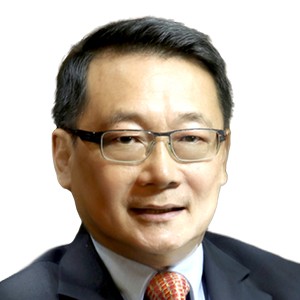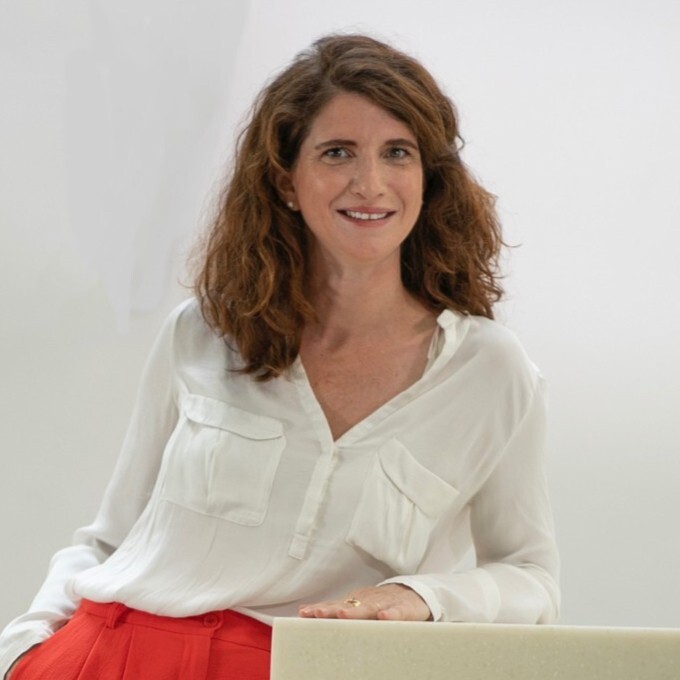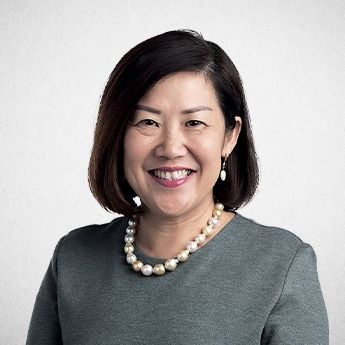Ongoing disruption – caused by fractured supply chains, rising inflation and geopolitical tensions – is presenting a challenging environment for growth and high performance. To keep a business on track and even take market share, leaders of global businesses must leverage tough debate, get the right talent in place and guard against isolation at the top.
At Criticaleye’s recent
Asia Leadership Retreat, held in association with
St. James’s Place, Community Members candidly shared their views on how they’ve remained focused on ambitious goals when faced with so much instability.
Camille Levy, President for Asia Pacific at Howden, described the balancing act that leaders have been carrying out and will need to maintain for as long as the uncertainty persists. “You need to keep up the pace and make quick decisions, really reacting fast,” she said. “At the same time, it’s great delivering on the day-to-day and being very focused, but what about the long-term vision?
"It's about ensuring that, when you’re in the middle of a crisis, you don't forget about focusing on the long-term signals that will help you out.”
Acting with this kind of pace and agility requires alignment at the top of the business, but this doesn’t come without having tough conversations and even a degree of healthy friction. “It is essential that you get all the tensions and disagreements out on the table,”
Matthew Blagg, CEO of Criticaleye, explained. “You must have openness – you can’t have a great team without it.”
“As leaders, it can be really difficult to get the balance right between giving critical challenge in a constructive manner rather than a destructive manner,” Matthew continued. “We’re all human beings, and so it can be easy for people to take comments personally. However, if you get the debate right, then you not only end up with better decisions; you also build a culture of trust over the longer term.”
While internal discussions can test the soundness of your strategy, leaders must look outside too. Camille described how external challenge can be useful. “I think a lot of big companies will have to reinvent themselves around being customer-centric and [learn] how to work with others in much stronger ways. Because if you're trying to manage during uncertain times, it's very hard to get it right.
“One of the ways to manage the uncertainty is to partner. You can use those frictions from external companies to understand jointly how to get it right. I think that's really going to transform the way large organisations will work moving forward,” she said.
The Board’s role in high performance
Chairs and NEDs also have a crucial role to play in ensuring high performance.
Yen Yen Tan, Non-executive and Independent Director at OCBC Bank, described how she has seen this shift over the last few years.
“I think if you look at Boards, they have been set up to focus on governance and compliance, and they’re [often] over reliant on hindsight and also very inwardly focused,” she said. “But now, more time is being spent looking at strategy and the forward-looking plan.
“At the same time, agile Boards must be prepared to quickly assess the situation, and then have the ability to change the rules of the game ahead of their competitors, to bring first-mover advantages to their companies and shareholders,” she said.
Insight from across a diverse portfolio can be valuable here.
Benny H. Goh, Non-executive Director of Cyber Data Centre & a Board Mentor at Criticaleye, said, “Very often the Board is asking a lot of questions because of the uncertainties of the situation. As a NED, you're going to bring your experiences from different industries to help and support management.”
Matthew highlighted the crucial roles that Chairs and non-execs have in getting the right top talent in place to deliver results now and in the future. "Leaders must recognise that what got them here isn't going to get them to where they need to be in the future. In this uncertain environment, Boards must scrutinise the capabilities of their senior leadership team and actively look to bring in different skill sets and experience."
Yen Yen agreed: “The biggest challenge is that you don't know what you don't know. How can you see the kind of CEO you will want in 5-to-10 years’ time? That's where your long-term strategy has to come in, to determine what the company’s leadership [will] need in the future,” she said.
Some Boards are now diving deeper when it comes to talent. “You must get involved at the CEO-minus-one level and build a strong bench strength of key managers in critical positions,” Yen Yen said. “On some of my Boards, we make sure we have a chance to be exposed to talent at levels minus-one and minus-two, because you don't have much of a chance to interact with these talents. These are your future leaders of the company, so going deeper into the organisation is critical.”
With all the necessary focus on future talent, non-execs mustn’t forget about the pressure today’s chief executives are under. Ultimately, high-performance and growth cannot be sustained if those at the top are isolated or exhausted.
Benny explained: “Leaders are often very lonely at the top. Boards must care for them and support them, just as we say we’ve got to support middle management and care for our employees. Sometimes we forget about that. We should not expect the CEOs to be the guys out there fighting a battle on their own.”



